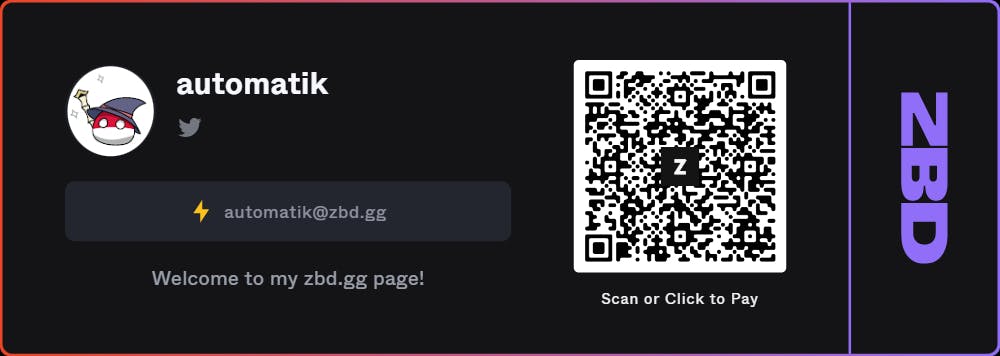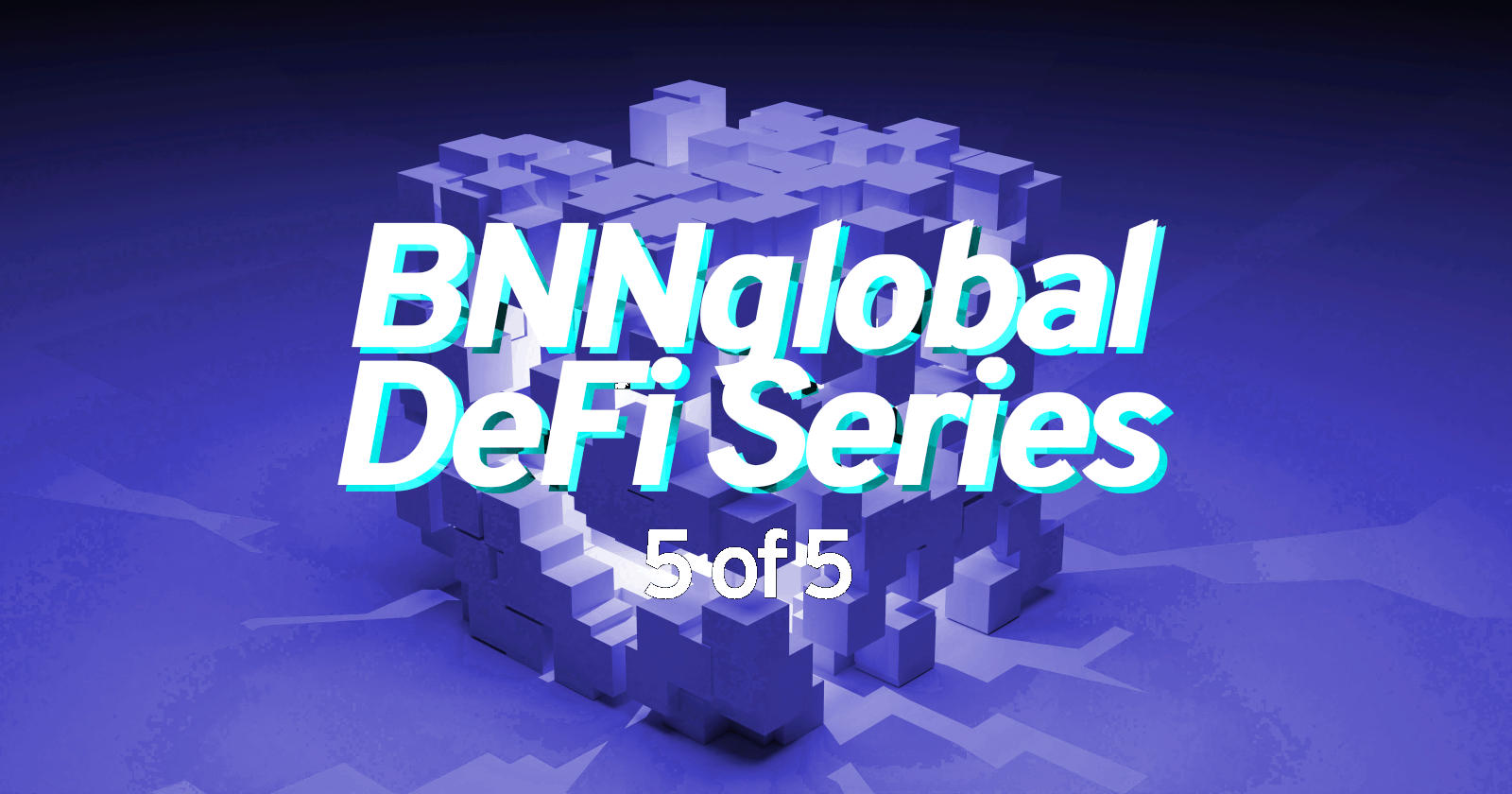Photo by Shubham Dhage on Unsplash
Since the Ethereum blockchain is where the majority of the DeFi activity is taking place, let’s take a look at lending and borrowing from Ethereum’s point of view.
DeFi has become the main use case of Ethereum. Open Finance can happen on any platform but currently, most of it is happening on the Ethereum chain where various other L2 (Layer 2) chains and tokens are being issued.
Various lending/borrowing protocols offer participants different incentives:
- Borrowers can short an asset or borrow utility like governance rights
- Lenders can stake their capital and earn interest
- And both lenders and borrowers can benefit from arbitrage across platforms
A decentralized and non-custodial system offers transparency, ease of access, and speed. It is also censorship-resistant and immutable. Everything is run on hardcoded smart contracts. In terms of demerits, such a system has a technology risk of the smart contract getting hacked and liquidity risk if other investors decide to pull out of the project.
Overall, DeFi & Open Finance allow users to be their own custodians and not depend on an intermediary. Users can transact through permissionless systems that cannot be censored by a central authority.
With the largest market cap of all programmable blockchains, Ethereum is the default platform for DApps which include lending and borrowing platforms like Compound.
The risks in the industry will get mitigated as it matures and more financial services are developed and adopted. The traditional finance gatekeepers are also likely to adopt the technology being explored in DeFi. JP Morgan developed Quorum, a permissionless Ethereum fork with the JPM Coin.
DeFi 2.0 The next generation of DeFi applications and protocols aim to solve the problems and shortcomings faced by the initial DeFi projects. The chief concern of DeFi is that DeFi is complicated and not user-friendly.
DeFi 2.0 is setting the stage for a new generation of company structure called the DAO. It is also trying to solve issues related to KYC and AML.
Some of the problems faced DeFi 1.0
- Scalability - Those who have tried to transact using Ethereum know about the high gas fees. It is something that Ethereum 2.0 is touted to solve.
- Third-party Data - the financial applications that require Oracles or third-party information systems have faced the need for better compatibility.
- Centralized Projects - Many projects are not yet decentralized enough or follow DAO principles, and are subject to the risk of a single point of failure.
- Security - Most users are wary as they don’t understand the risks in smart contracts.
- Liquidity - Liquidity Pools are spread across many different blockchains and platforms. Tokens locked in liquidity pools cannot be used elsewhere and cause inefficient capital. This is the problem that new apps aim to solve with cross-chain bridges.
How Do DeFi 2.0 DApps Solve The Problems?
- LP tokens have their value unlocked for new opportunities while still earning APY on the original.
- Smart Contract Insurance provides a hedge against the risk in specific smart contracts.
- Impermanent Loss Insurance helps prevent loss if the price ratio of the locked and minted tokens in a Liquidity Pool changes.
- Self-repaying Loans hedge the risk by increasing the time limit for the loan to be paid.
Send some love over Lightning! to automatik@zbd.gg


